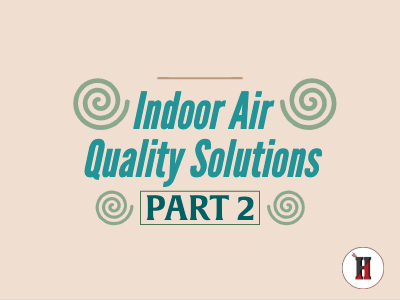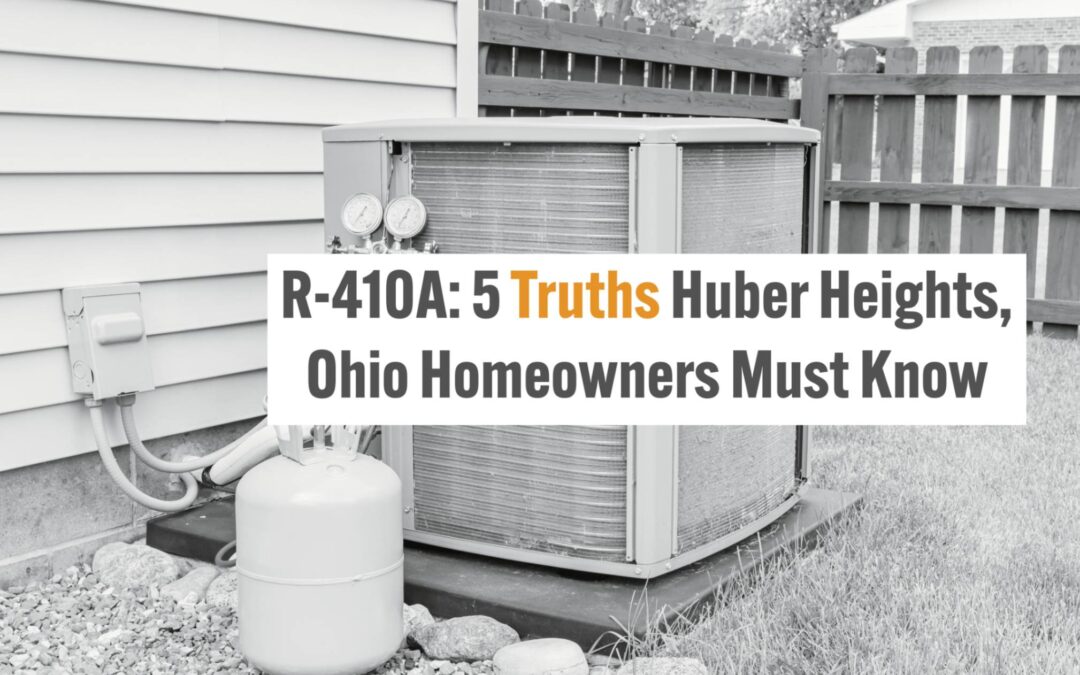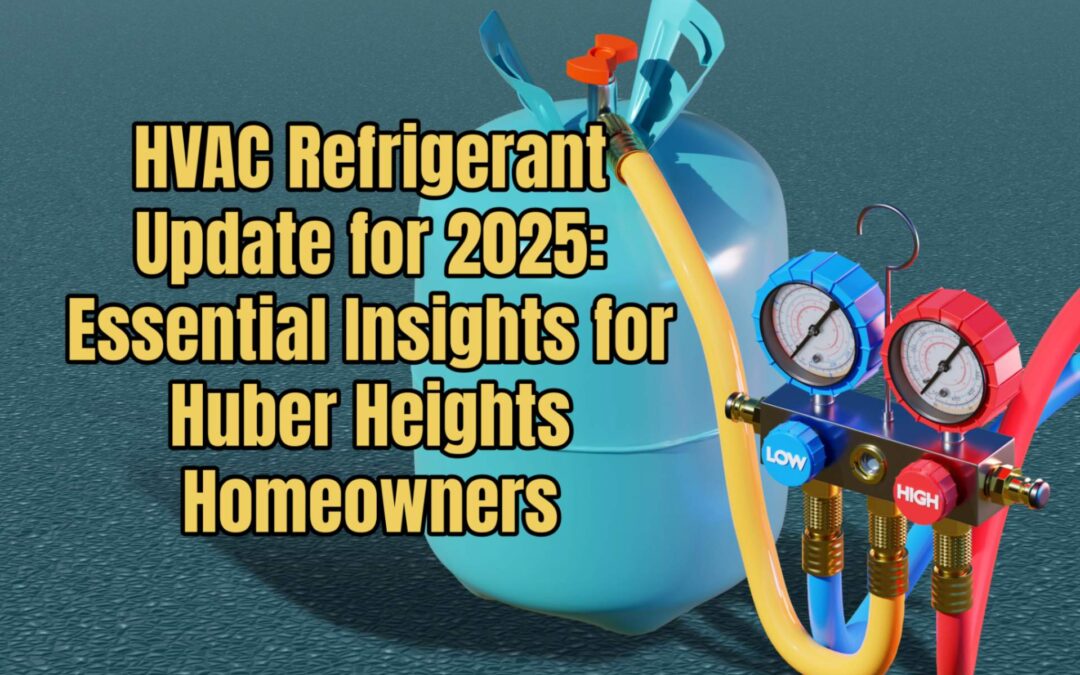It’s an invisible and usually odorless killer with a list of long-term and short-term symptoms. And, based on the cancer hazard alone, federal experts have listed indoor air pollution as one of the most significant environmental issues in the United States. In the developing world, with nearly 4 million deaths per year, household air pollution is one of the leading causes of disease and premature death. Here in the United States, the issue is serious because Americans spend most of their time indoors. The Environmental Protection Agency reports that Americans, on average, spend around 90 percent of their time inside, where the concentrations of some pollutants are often two to five times higher than normal outdoor levels. With all this in mind, we at Huber Heights Heating and Cooling compiled the following list to promote indoor air quality.
TAKE THE SMOKING OUTSIDE
We could write a book on this one by itself. The wealth of data behind it is undeniable.
To put it mildly, the air quality in homes in which there is someone smoking is very poor. And we mean among the poorest air quality. When someone smokes inside, the smoke isn’t just limited to the air. It gets immersed in the furniture and other fabrics, implanted into the carpet, attached to the bedding. It coats the walls leaving a yellowish tint. Smoking can intensify a slew of respiratory and health problems in the home, particularly if you have youngsters.
Tobacco contains more than 4,000 harmful chemicals and pollutants, and they affect more than just the person smoking. Second- and even third-hand smoke can cause illness and premature death. So, if quitting smoking is out of the question, for everyone’s sake, smoke outdoors.
TEST FOR RADON
Because the ground in certain areas can release radon, authorities say, it’s always a good idea to have your home tested for its presence.
Radon, an invisible and odorless gas, has been known to cause lung cancer.
When it’s discharged, the composition of your home can act like a “chimney,” creating a vacuum that sucks the gas inside. Basements are especially notorious for this.
GET RID OF AEROSOL PRODUCTS
Another source of indoor air pollution is aerosol. Aerosol is used in a variety of household products. Traditional ones include cleaning supplies, hair spray, deodorant, herbicides, pesticides, insecticides, and more. Lessening the use of these products can protect the air in your home or business. There are a host of more natural alternatives. You need only to do a little homework.
EXHAUST FUMES IN YOUR GARAGE
Car exhaust fumes can play a major role in a bad way.
During the colder months, a lot of homeowners let their vehicles idle or warm up in their garages. If you own an attached garage, this plays a significant role in polluting your home’s air. So if you decide to warm up your car, remember to pull it out of the garage or at least leave the garage door open while it’s running.
PAINT PRODUCTS
The variety of different paint products on the market these days are countless. If you do some homework, you can locate paints that are unscented and designed to support healthy indoor air quality. If you are managing any home renovation, restoration, or improvement projects, this is relevant. For the sake of your home’s air quality, buy those that are environmentally favorable.
USE SMOKE DETECTORS
Smoke detectors are necessary for any building. However, they are not merely helpful in notifying you of a fire. These lifesaving devices inform you when there is smoke in the air. This is a vital tool at your disposal for guaranteeing good air quality in your living spaces.
CARBON MONOXIDE
In addition to smoke alarms, you should also have carbon monoxide detectors throughout your residence. Most people are aware of this colorless, odorless gas — a silent killer. It could potentially be one of the most toxic substances you could come in contact with within your home.
Your most dependable protection against carbon monoxide poisoning is a carbon monoxide detector. Some people don’t usually consider this a major priority when talking about indoor air quality, but don’t get it confused: A carbon monoxide detector could save your life.
TRY BEESWAX CANDLES
Although candles can help places seem comfortable, many of them have paraffin in them. Paraffin is produced from petroleum and can affect the quality of your home’s air in a negative way. Instead of using any old candle, try beeswax candles. Beeswax candles release virtually no smoke. They are excellent alternatives for people with allergies and asthma.
TRY FRAGRANCE-FREE PRODUCTS
The smells produced in many household cleaning products are known to have a negative impact on people with asthma and allergies. With this in mind, search for scent-free alternatives to those products, including laundry detergent and kitchen and bathroom soaps. Start using more natural cleaners such as lemon and baking soda or vinegar to keep your house immaculate.
FURNACE CARE
Making sure your furnace is serviced regularly by a professional will save you a lot of money and a lot of headaches — literally. Think coughing and wheezing and headaches and sneezing. When it comes to furnaces, it always pays to be proactive rather than reactive. Plus, it’ll save you cash because when your furnace isn’t performing up to an optimal standard, it works harder, and it will not clean your air like it is supposed to. Even worse, it can lead to more expensive maintenance issues down the road. Or, it could stop functioning altogether. Routinely servicing your furnace is crucial. Try to have it done at least once a year.
To figure out the best maintenance program for your unit, call Huber Heights Heating & Cooling today at 937-226-9675, or schedule an appointment now at www.huberheightsheatingandcooling.com/schedule-now/.







